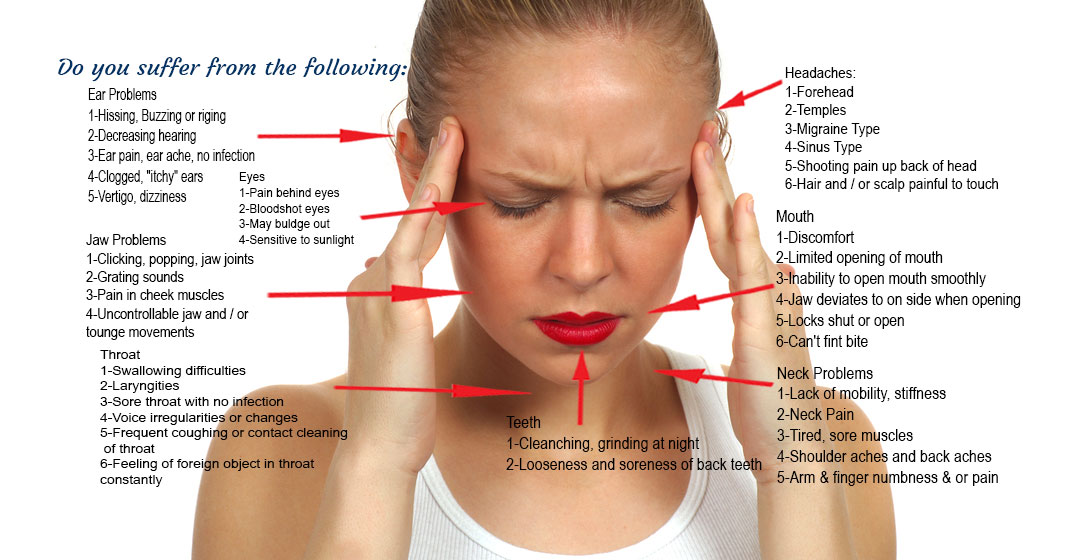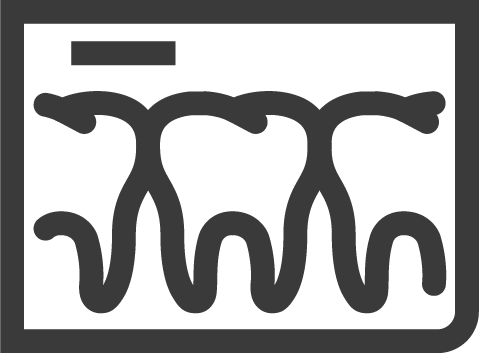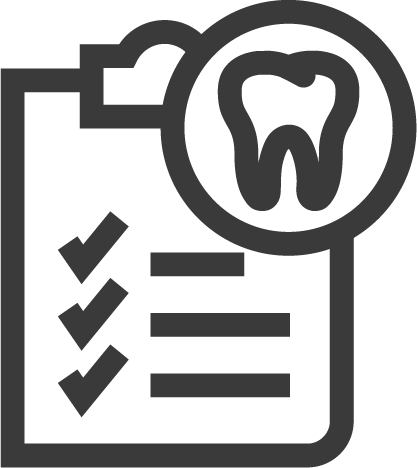DEPROGRAMMING ORAL APPLIANCES/NTI TSS+
An oral deprogramming appliance, also known as a bite splint or orthotic, is an innovative dental solution that offers remarkable relief for individuals suffering from clenching, TMJ disorders, facial pain, and migraines. This device serves as a therapeutic tool to relax and reposition the overworked jaw muscles and joints effectively. This oral deprogramming appliance works by gently guiding the patient's jaw into a more relaxed position. By doing so, it alleviates muscle tension and reduces stress on the temporomandibular joint (TMJ), providing immense comfort to patients who have been grappling with chronic discomfort in this area. The therapy facilitated through these appliances helps rebalance muscle activity while encouraging optimal functioning of the jaw joint—a vital component in achieving long-lasting relief from TMJ-related conditions.
OCCLUSAL (BITE) EQUILIBRATION
Adjustment of the occlusion can significantly alleviate TMJ symptoms by achieving a more balanced and harmonious bite. When an individual experiences TMJ discomfort, it is often associated with an imbalance in their dental occlusion. The process of occlusal adjustment involves meticulous analysis and modification of the tooth surfaces to achieve optimal contact between upper and lower teeth during chewing or resting positions. By identifying abnormal contacts that may be causing excessive strain on the jaw joints, muscles, and ligaments, dentists can precisely reshape the affected areas using various techniques such as selective grinding or reshaping fillings. This procedure aims to establish a stable bite relationship where forces are evenly distributed across all teeth while minimizing unnecessary pressure on the temporomandibular joint complex.
BOTOX
Botox has emerged as a remarkably effective treatment option for managing various issues related to the temporomandibular joint (TMJ), bruxism, and headaches. This neurotoxic protein works by targeting and temporarily paralyzing muscles that contribute to these conditions. When injected directly into specific areas around the jaw or temples, Botox inhibits muscle activity, thereby reducing stress on the TMJ and alleviating associated pain and discomfort. Moreover, individuals suffering from bruxism often find relief through Botox treatments as it helps relax overactive jaw muscles responsible for teeth grinding while sleeping. Additionally, this treatment has proven beneficial in addressing tension headaches caused by muscle tension in the face and neck region. Its ability to selectively target problematic muscles makes Botox a non-invasive remedy for these common ailments.






